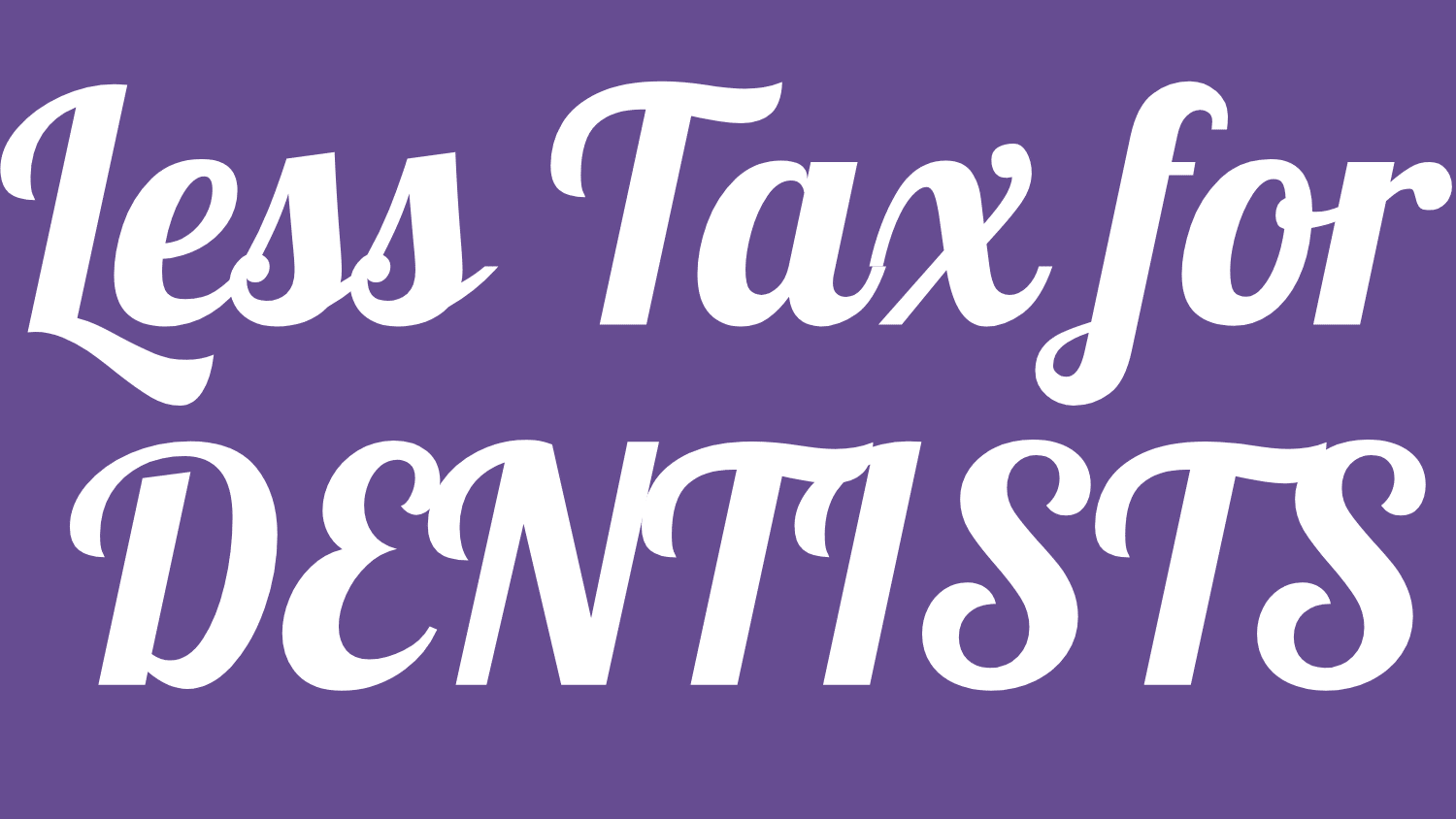How Dentists Can Balance W-2 Salary and S Corp Distributions
Striking the Right Balance for Better Financial Health
Being a dentist isn’t just about teeth—it’s also about building a secure financial future. If you’ve chosen to structure your dental practice as an S Corporation (S Corp), you’re already on the smart path to potential tax savings. But are you balancing your W-2 salary and S Corp distributions the right way?
Let’s break it down in plain English.
What’s the Difference Between a W-2 Salary and an S Corp Distribution?
Think of your W-2 salary as the paycheck you get for showing up to the office, treating patients, and managing your team. This salary is subject to typical payroll taxes like Social Security and Medicare.
An S Corp distribution, on the other hand, is a portion of your company’s profits. It’s money you’re taking out simply because you’re a shareholder. The nice part? You’re not paying self-employment tax on it—which means more cash in your pocket.
So Why Not Just Take a Tiny Salary and Big Distributions?
Well, the IRS doesn’t like that. They expect S Corp owners who work in the business—like dentists—to take what’s called a “reasonable compensation.” If your salary’s too low, the IRS might come knocking with penalties and back taxes.
What’s Considered “Reasonable” Salary?
That’s the million-dollar question—and honestly, there’s no simple formula. But here are some things to consider:
- Your role: Are you the only dentist, or do you have associates?
- Experience: More experience usually justifies a higher salary.
- Market rates: What are other dentists in your area earning?
- Time spent: Are you full-time, or do you only work a few days a week?
If most dentists in your town earn around $180,000 a year, and you’re only paying yourself $50,000, the IRS might raise an eyebrow.
Tips for Finding the Right Balance
Here’s how you can protect yourself and still enjoy the tax benefits of your S Corp:
- Start with a reasonable salary: Use industry reports, consult your CPA, and document your decision.
- Keep records: Make sure you track your hours and responsibilities.
- Adjust as needed: As your practice grows, your salary should reflect that.
- Make distributions quarterly: This helps manage cash flow and adhere to tax guidelines.
Real-Life Example
Let’s say Dr. Smith runs a successful dental office in Texas. After expenses, her S Corp makes $300,000 a year in profit. She decides to pay herself a W-2 salary of $150,000—which is in line with what other dentists in her area earn. The rest—about $150,000—she takes as a distribution.
By doing this, she lowers her payroll taxes while staying safe from IRS scrutiny.
Talk to a Pro Before Making Changes
Every dentist’s situation is different, and tax laws are always changing. A trusted CPA or tax advisor can help you review your numbers and set up the right plan for your practice.
Final Thoughts
Balancing your W-2 salary and S Corp distributions isn’t just about saving on taxes—it’s about protecting what you’ve built and planning for a financially secure future.
The key is to stay reasonable, keep records, and don’t be afraid to ask for help.
After all, just like your patients trust you to keep their smiles healthy, you should trust the right experts to keep your finances in great shape.




